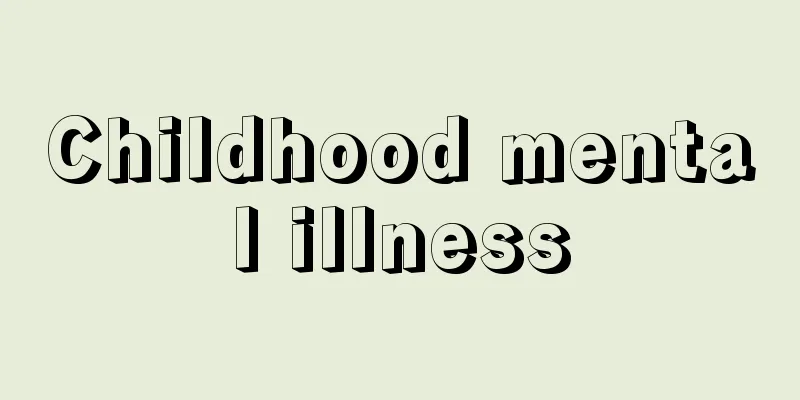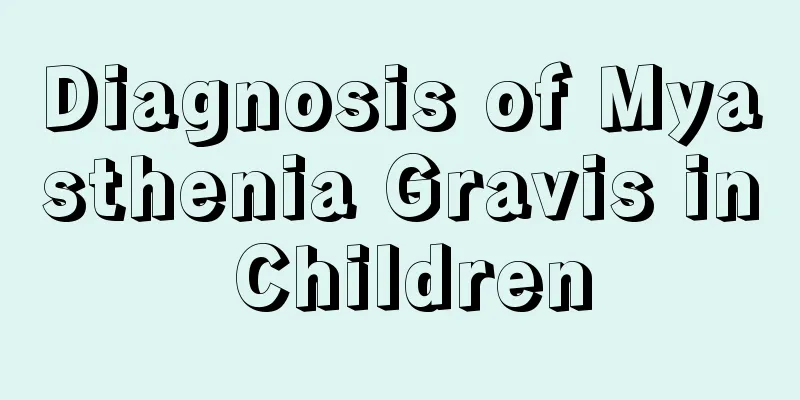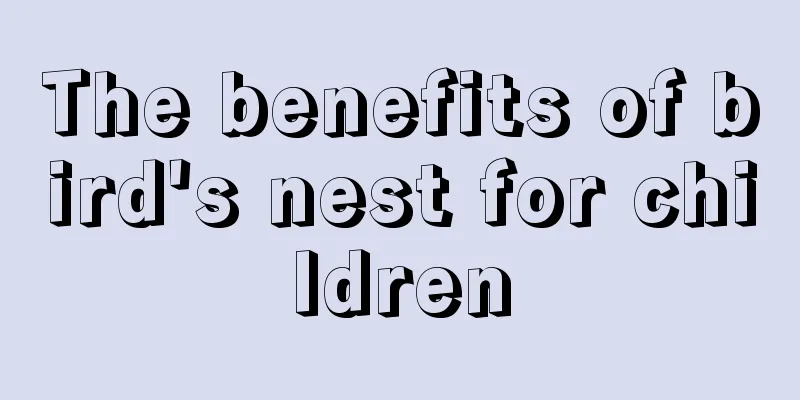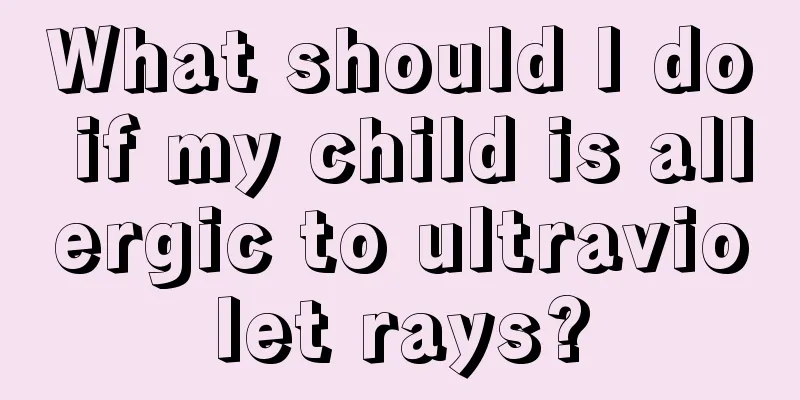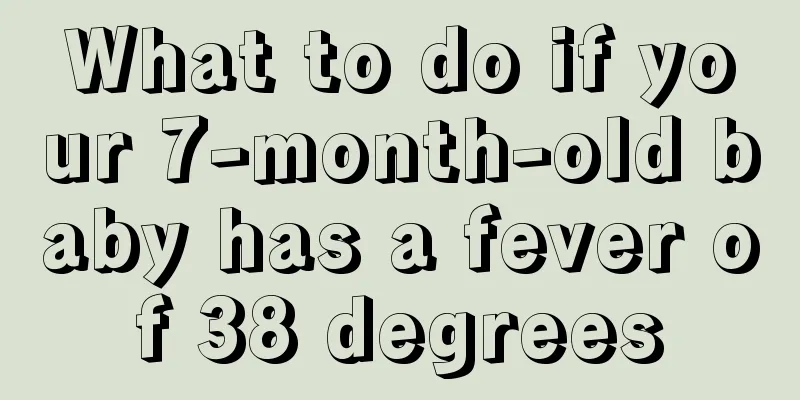What’s wrong with the child who is dazed and absent-minded?

|
Sometimes we get distracted in our daily lives, which is normal. Of course, this is an occasional situation and does not happen every day. But for some children, daydreaming and absent-mindedness are common. Parents will not pay much attention to it at first, but as the frequency of daydreaming and absent-mindedness increases, parents will start to pay attention. So the question is, what is going on when a child becomes dazed and absent-minded? The peak period for childhood absence epilepsy is between the ages of six and seven. The attack is characterized by a sudden cessation of movement and a blank look in the eyes that lasts for five to ten seconds before ending abruptly. Absence epilepsy in children is a localized epilepsy. The diagnosis is very simple because its symptoms are 100% triggered by hyperventilation. Therefore, the doctor will ask the patient to take deep breaths for three minutes in a row. If the child has this disease, he or she will have absence seizures. In addition, if an abnormality is found in the brain waves, the diagnosis can be made immediately. Childhood absence epilepsy is a typical absence epilepsy, with an onset age of 3 to 9 years old and a peak at 6 to 7 years old. It has a clear genetic tendency and is more common in girls than in boys. It is characterized by frequent absences, several to hundreds of times a day. Each absence seizure is short, but the degree of loss of consciousness is severe. The EEG during the seizure shows bilateral synchronous symmetrical spike-slow complex waves on the normal background activity, often 3C/S. Most children may gradually improve or have less frequent seizures with age. About 1/3 of children will have tonic-clonic seizures by puberty, or only have absence seizures. Causes of Disease Clearly a genetic predisposition. There are many factors that lead to childhood absence epilepsy. Childhood absence epilepsy is an idiopathic systemic epilepsy syndrome that begins in childhood and has typical absence as the main seizure type. Genetic factors play an important role in the etiology of childhood absence epilepsy. Some patients with childhood absence epilepsy are also related to brain trauma, central nervous system infection, etc. Eating and drinking excessively without restraint leads to indigestion, which in turn causes the body's acid-base imbalance and abnormal cell metabolism, leading to recurrence of epilepsy. Through the analysis of the causes of childhood epilepsy, parents will know not to let children with a history of epilepsy consume too much salt, because if they eat too much salt, they will naturally drink more water, which will put a heavy burden on the diencephalon and easily induce the disease invisibly. In addition, spicy food, alcohol, strong tea, coffee, chocolate with liquor filling, secondhand smoke, etc. may cause epileptic seizures in children. However, it does not mean that the less the child eats and drinks, the better. The most important premise is that the child should not be hungry or lack water. The child does not need to take special nutritional medicines or strictly avoid certain foods. Children who do not get enough sleep, especially within half an hour after going to bed or within a short period of time before waking up, will have about twice as many seizures and discharges during sleep as during the day. Excessive fatigue, hyperventilation, excessive drinking, fright, anger, tension, impulse, high fever, long-term use of anti-epileptic drugs in children and sudden reduction or discontinuation of medication, stimulation from watching TV for a long time, and the use of certain adverse drugs are all factors that induce epilepsy in children. Epilepsy needs to be treated early. Epilepsy is a chronic brain disease that requires long-term treatment. In addition, patients should develop good living habits, stop smoking and drinking, learn more about common sense, and exercise appropriately to enhance their own resistance, face their own condition, and actively treat it. |
<<: What is the treatment for absence epilepsy in children?
>>: Symptoms of colic in two-month-old babies
Recommend
Is amniocentesis necessary for single umbilical artery?
Single umbilical artery is not uncommon in clinic...
How to treat a 4-month-old baby's dry cough
Babies have to go through a lot of hardships from...
How to care for a ten-year-old child who has lost teeth
For many children, they need to replace their dec...
What foods should not be eaten by children with gastroenteritis
The stomachs of young children are relatively fra...
Why do babies hold their breath when they cry?
Many parents have reported that their children of...
Normal value of phenylalanine in newborns
Many people do not understand neonatal phenylalan...
What to do if your child loves to sweat
Nowadays, many children like to sweat a lot. In a...
What to do if your child keeps coughing
Coughing is a common symptom in our lives. Many c...
What should I do if my child’s tonsils are inflamed and swollen?
Swollen and inflamed tonsils is a common disease ...
Children's upper respiratory tract infection cough
If you go to a children's hospital in winter ...
One-year-old baby recipes
When a child is young, he cannot choose the food ...
There are small granules on the child's cheeks
Children's skin is different from adults'...
What are the symptoms of mycoplasma infection in children?
After the microorganism Mycoplasma enters the hum...
Four major causes of myopia in children
Myopia is a common eye disease, which is mostly c...
Children always bite their nails
Some children have the habit of always biting the...


